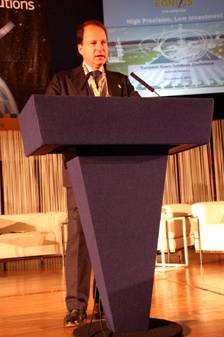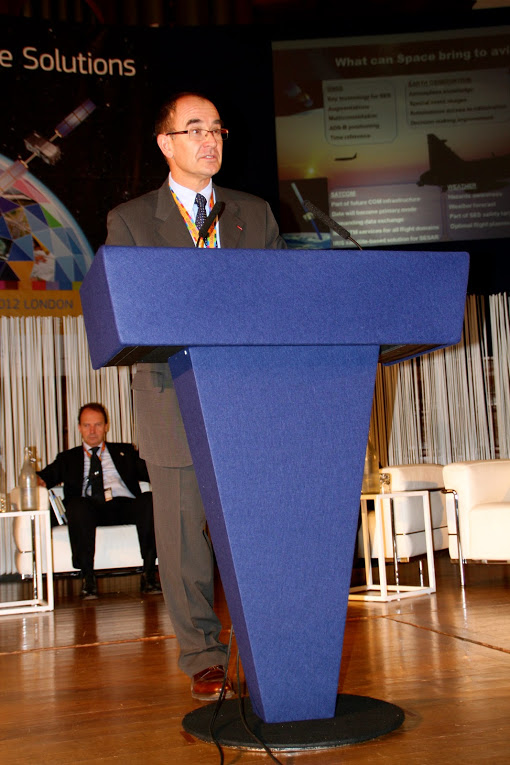At the European Space Solutions (ESS) conference in London on Tuesday, December 4, experts in different aviation fields offered various perspectives on how the new services are changing the sector.

Satellite services are already making inroads in the aviation sector, with new applications growing at a phenomenal rate. The pick-up is expected to surge even more from 2014, when initial services from Europe’s Galileo satellite programme will become operational, enabling a wide array of faster, more accurate and more reliable satellite services.
Gian-Gherardo Calini, the Head of Market Development at the European GNSS Agency (GSA), said that as Europe’s skies and airports become more congested, satellite technologies would be invaluable for managing traffic. He said EGNOS, the overlay service that enhances current satellite signals, had proven its value as a backup system for airports with precision approaches. “The overall worldwide GNSS revenues for civil applications are expected to grow on average by 11% per year, reaching €165 billion in 2020, of which €32 billion will be generated in the EU,” he said.
Calini said that so far EGNOS had adopted some 124 published procedures for localiser performance with vertical guidance (LPV), with 14 operators adopting (five regional airlines, nine in business/general), and 40 aircraft equipped and certified for EGNOS systems. He forecasted that by 2016, some 390 LPV procedures would be published. “The message is: the glass is half full. The results of EGNOS are very encouraging so far,” he said.
Vital tool for busy skies

Pascal Barret, Senior Expert on Civil-Military Navigation at Eurocontrol, said that satellites already showed how vital they were when Europe’s air space was closed in 2010 after the Icelandic volcanic ash cloud covered the continent. He said annual air traffic would grow from two million flights in 2000 to 17 million to 2030, with an expected fleet 130,000 aircraft. “Space solutions are expected to be our key enablers of this growth,” he said. Barret added that GNSS would be a key technology for the Single European Sky, the planned Europe-wide airspace management programme. With the expected strong need for satellite services, he called for global standards for the various systems.
Ken Ashton, Head of Navigation & Spectrum at air traffic group NATS, explained that when airline Aurigny used EGNOS for landings at the airport in Alderney, in the Channel Islands, it became a catalyst for other airports to use the technology for LPV. “Now LPV procedures being adopted in airfields across the UK,” he said, adding that, “these operations have societal value, providing medical flights, and also bus services for island residents.”
Media note: This feature can be republished without charge provided the European GNSS Agency (GSA) is acknowledged as the source at the top or the bottom of the story. You must request permission before you use any of the photographs on the site. If you do republish, we would be grateful if you could link back to the GSA website.